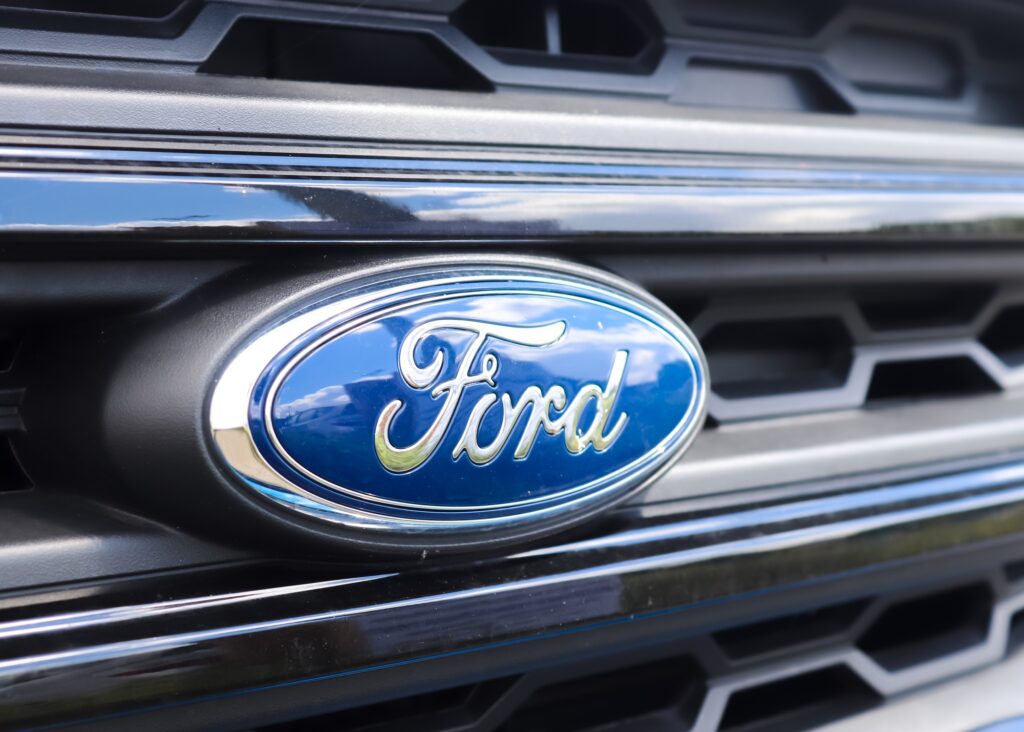This year Ford will introduce the lithium iron phosphate (LFP) batteries on Mustang Mach-E in Europe, with the aim of making electric vehicles increasingly affordable. The Blue Oval also announced a $3.5 billion investment. For what? For the construction of the first LFP battery plant in the United States, the BlueOval Battery Park Michigan, which will open in 2026.
Ford will introduce lithium iron phosphate batteries this year
By diversifying and localizing the supply of Ford batteries, it will be possible to improve the availability e accessibility of the zero emission range. In the context of piano Ford+, the company is working towards an annual production of 600,000 electric vehicles globally. All by the end of this year and 2 million units by 2026.
With the introduction of LFP batteries, Ford will be able to produce a more electric vehicles. Will be able to offer one wider choice to customers entering the world of electricity for the first time. With a view to accelerating the production of zero-emission vehicles. Also to help make the Model division reach a EBIT dell’8% by 2026.
LFP battery chemistry for the benefit of Ford customers
There will be the possibility of choosing a second battery with a lithium-iron-phosphate chemical composition, as an alternative to the nickel-cobalt-manganese (NCM). Ford customers will therefore be able to purchase an electric vehicle with unique performance, in line with their needs.
LFP batteries are a lot resistant and tolerate more frequent and rapid refills, while using materials that are not excessively required by the market and with contained costs. These cost-effective batteries, which Ford will use in next-generation all-electric cars and vans currently under development, will help drive down the price of electric vehicles.
 KIEL, GERMANY – Jul 15, 2020: Close up of the Ford logo on a new car front
KIEL, GERMANY – Jul 15, 2020: Close up of the Ford logo on a new car front
Already this year, even before the opening of the new battery plant in Marshall, Michigan (USA), LFP batteries will be introduced on Mustang Mach-E. They will be destined for the main global markets and, in 2024on theF-150 Lightning. The goal is to reduce waiting times for customers.
Ford is committed to investing further $50 billion in electric vehicles globally through 2026. Not only that, but also to achieve carbon neutrality globally, by 2050, in terms of vehicles, production and suppliers. In Europe, the goal is to exclusively sell electric vehicles and to achieve carbon neutrality across its entire European manufacturing footprint, including logistics and suppliers, by 2035.
















Leave a Reply
View Comments